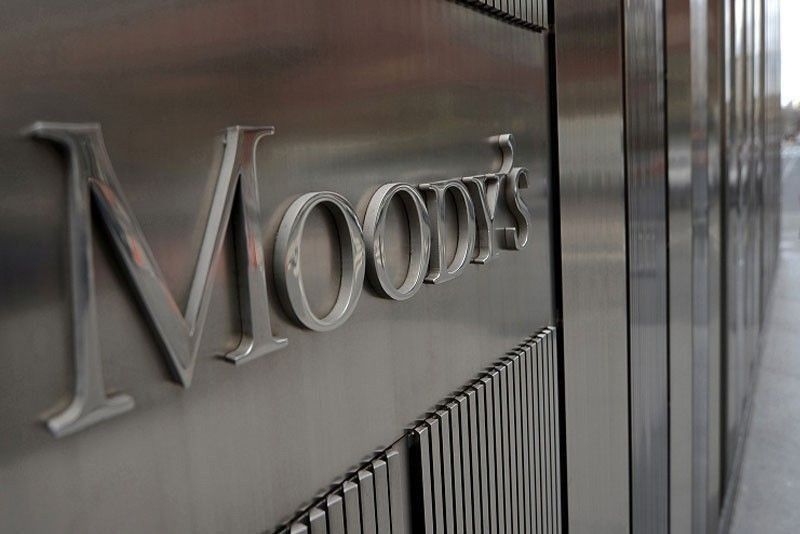Moody’s: Philippines highly exposed to food security risks

MANILA, Philippines — Food security risks will likely remain elevated in Asia-Pacific even if prices of food ease this year, with the Philippines among the most exposed to shocks and risks in the region, Moody’s Investors Service said.
The debt watcher said in a report different economies have varying risk exposure and resilience to food shocks in the Asia Pacific (APAC) region.
“Countries that exhibit both higher exposure to shocks and lower resilience are mainly in South Asia, (Bangladesh, Pakistan and Sri Lanka), the Pacific Islands (Solomon Islands) and Southeast Asia (Philippines and Laos),” it said.
According to Moody’s, food security risks will remain elevated this year amid frequent and severe climate shocks that will disrupt food production processes, including the impact of El Niño on crop production.
“This year, we expect the continuation of El Niño to impact crop yields in APAC, as well as in other regions such as Latin America. While food prices have generally come down from their peaks in 2022, prices for a few crops – such as rice, a staple in this region – remain elevated,” it said.
“This comes on the back of a series of lower-than-expected rice harvests and a wave of export restrictions in the second half of 2023, which have kept rice prices high and renewed concerns about food security in the region,” it said.
Global demand for food will also continue to rise on the back of a growing population in the region and geopolitical tensions may further disrupt trade flows of agricultural goods and input.
Latest data from the Philippine Statistics Authority showed headline inflation quickened to a two-month high of 3.4 percent in February from 2.8 percent in January, snapping four straight months of decline amid faster upticks in food prices.
Food inflation went up to 4.8 percent from 3.3 percent as rice posted a higher inflation rate of 23.7 percent in February from the previous month’s 22.6 percent. It was the highest since the 24.6 percent recorded in February 2009.
“Nearly half of the region has higher exposure to physical climate risk or water management risk. A significant proportion of the region also has lower resilience to respond to shocks, as reflected by higher social and governance risk scores,” Moody’s said.
Based on the debt watcher’s heat map, the Philippines scored four out of five in terms of physical climate risks, with five being the highest. Around 74 percent of the country’s population is also unable to afford a healthy diet.
Moody’s noted that even if the governments in most exposed countries would implement policy measures to mitigate the impact of food shock, these interventions would not fully offset food security risks.
“Food security risk will put downward pressure on economic growth potential and fiscal strength, and pose risks to political stability and external vulnerability,” the debt watcher said, adding that risks can have long-lasting implications.
“Volatility in commodity prices can also increase volatility of domestic inflation, which can delay monetary policy adjustments,” Moody’s added.
- Latest
- Trending





























